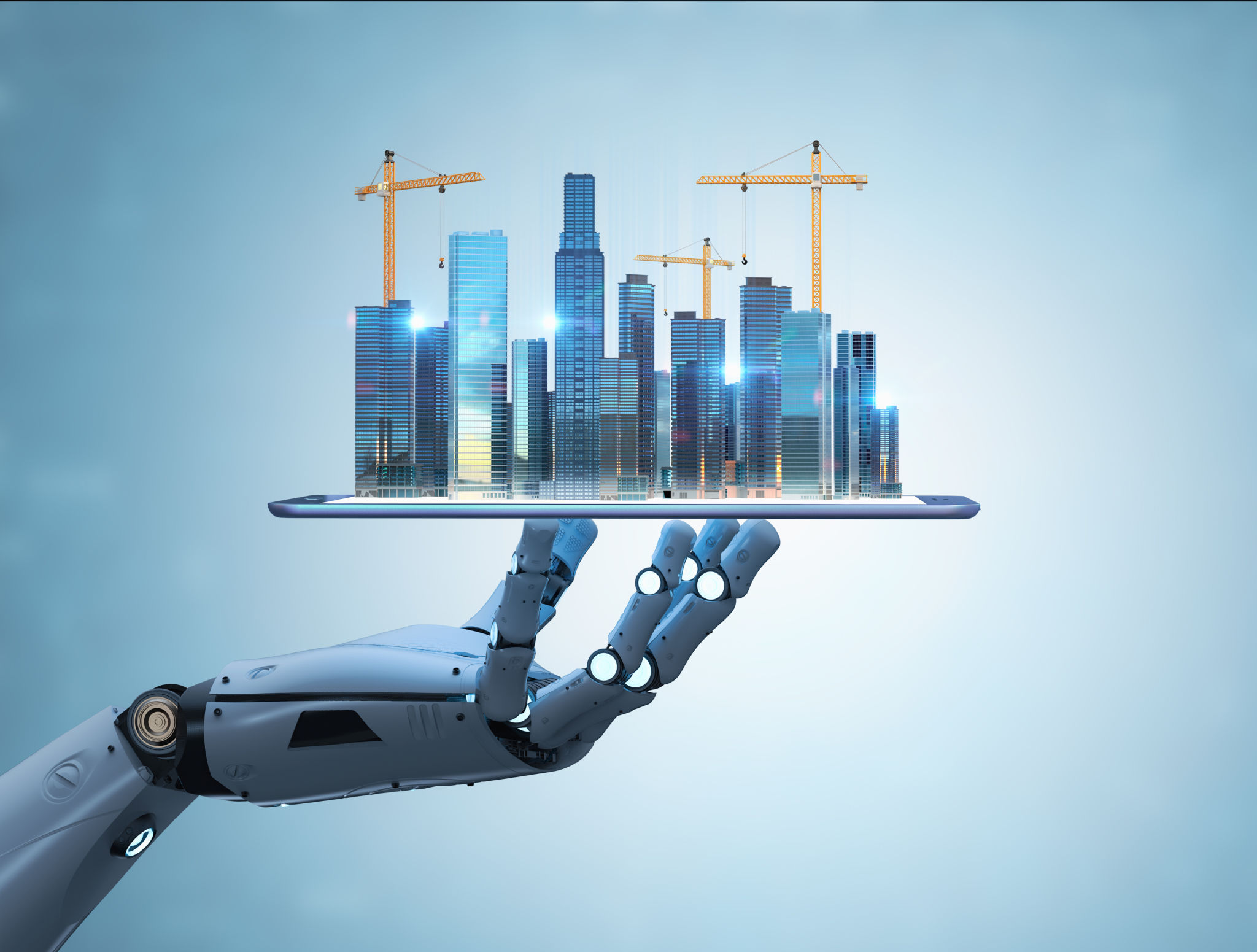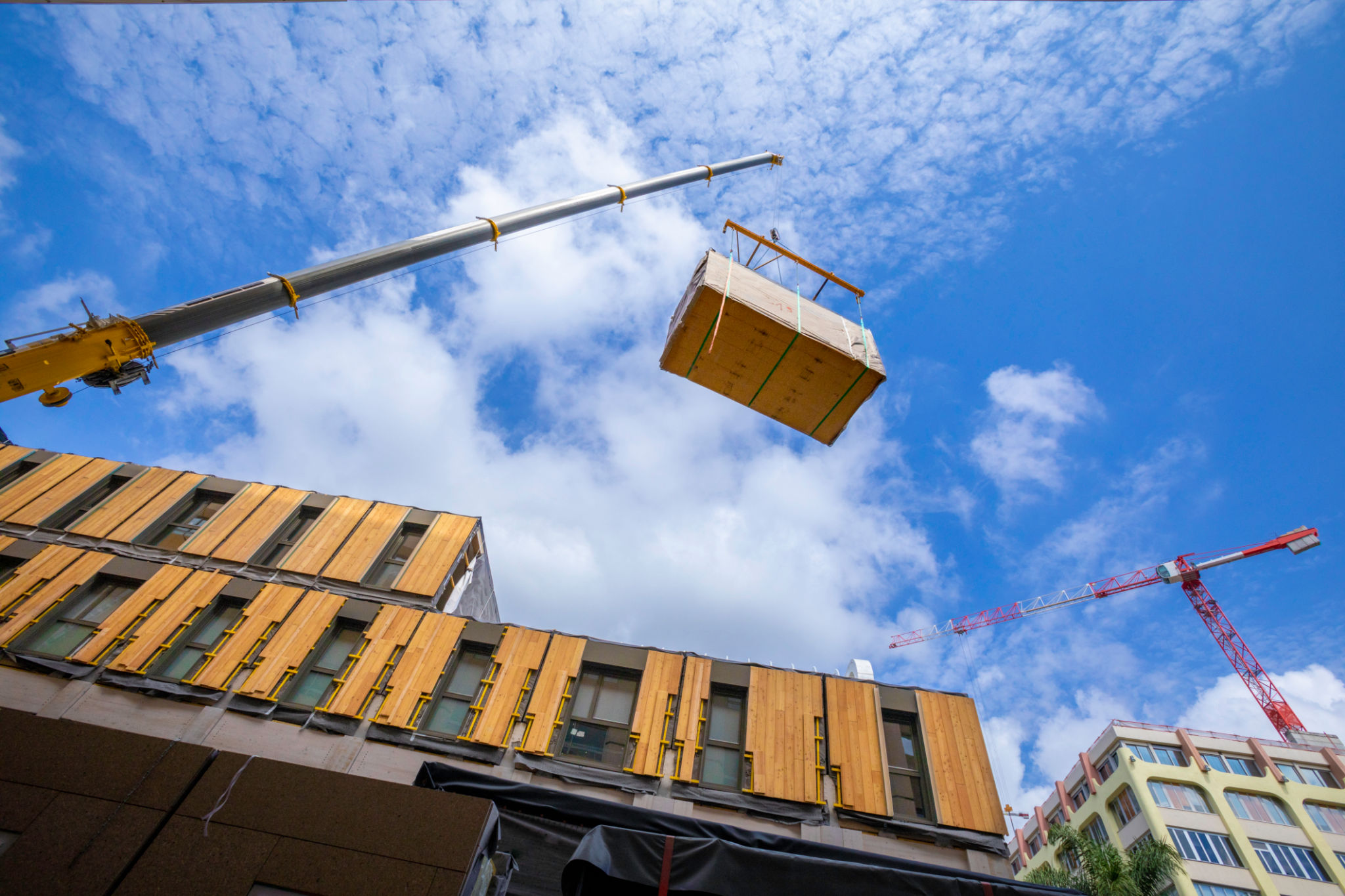The Future of Construction Workflow Automation: Trends and Innovations
Introduction to Construction Workflow Automation
The construction industry is on the brink of a major transformation, driven by the rise of workflow automation technologies. As we move into the future, these innovations promise to streamline operations, enhance productivity, and reduce costs. With the integration of advanced software and robotics, construction companies are set to experience a new era of efficiency and innovation.
Automation in construction is not just about replacing manual labor with machines; it's about enhancing collaboration, improving safety, and optimizing resource management. The digital revolution is changing how projects are designed, managed, and executed, laying the groundwork for smarter and more sustainable infrastructure.

Emerging Trends in Construction Automation
One of the most significant trends in construction workflow automation is the use of Building Information Modeling (BIM). BIM allows for digital representations of physical and functional characteristics of places, enabling seamless collaboration among stakeholders. This technology not only improves planning accuracy but also helps in identifying potential issues before they arise.
Another trend is the adoption of drones and AI-powered analytics. Drones are increasingly used for site surveys, inspections, and monitoring progress. Coupled with AI, they provide real-time data that can be analyzed to make informed decisions quickly. This results in improved project timelines and reduced risks associated with human error.

The Role of Robotics in Construction
Robotics is playing an ever-growing role in construction workflow automation. From autonomous vehicles transporting materials to robotic arms laying bricks with precision, robots are becoming indispensable on construction sites. These technologies not only increase efficiency but also improve safety by handling tasks that are dangerous for human workers.
The use of robotics also addresses labor shortages in the industry. As skilled labor becomes harder to find, robots can fill the gap by performing repetitive and labor-intensive tasks. This allows human workers to focus on more complex and creative aspects of construction projects.

Challenges and Considerations
Despite the promising benefits of automation, there are challenges that the construction industry must address. One major concern is the initial cost of implementing these technologies. While automation can lead to long-term savings, the upfront investment can be substantial.
Moreover, there is a need for skilled personnel who can manage and maintain these advanced systems. Training workers to adapt to new technologies is crucial for successful implementation. Additionally, there are concerns about data security and ensuring that sensitive project information remains protected from cyber threats.
The Future Outlook
Looking ahead, the future of construction workflow automation seems bright. As technology continues to advance, so too will the capabilities of automated systems. We can expect to see more integration of Internet of Things (IoT) devices, which will further enhance connectivity and data exchange on construction sites.
Furthermore, green building practices will become increasingly automated, contributing to more sustainable construction processes. Automation will play a key role in reducing waste and optimizing energy consumption, aligning with global efforts to combat climate change.

Conclusion
The construction industry stands at a crossroads where innovation meets necessity. Embracing workflow automation is not just about keeping up with trends; it's about reshaping the way we build our world. By overcoming challenges and leveraging new technologies, construction companies can unlock unprecedented levels of efficiency and creativity.
As we look to the future, it is clear that automation will be a cornerstone of modern construction practices. Those who adapt will not only survive but thrive in an industry poised for transformation.
